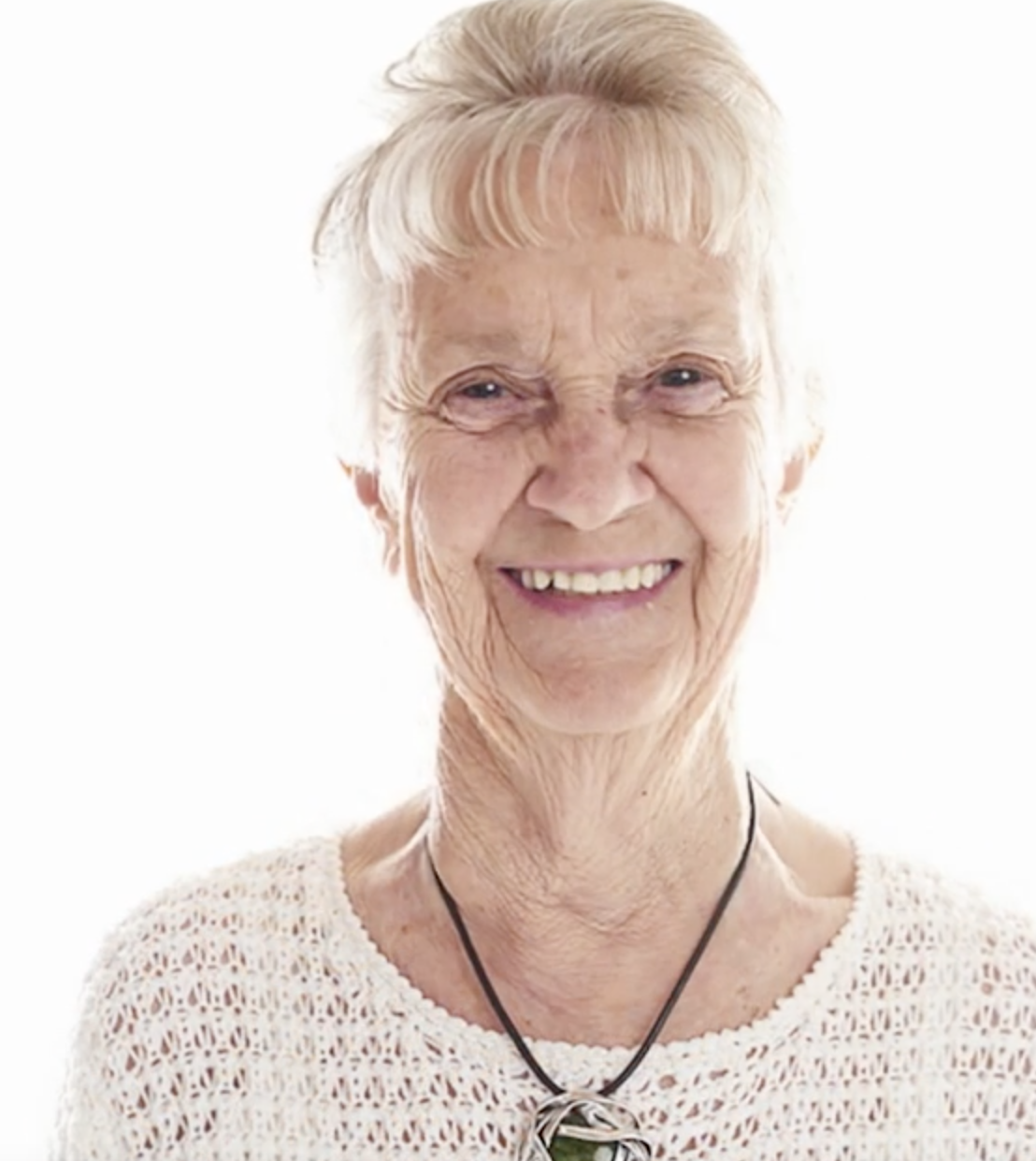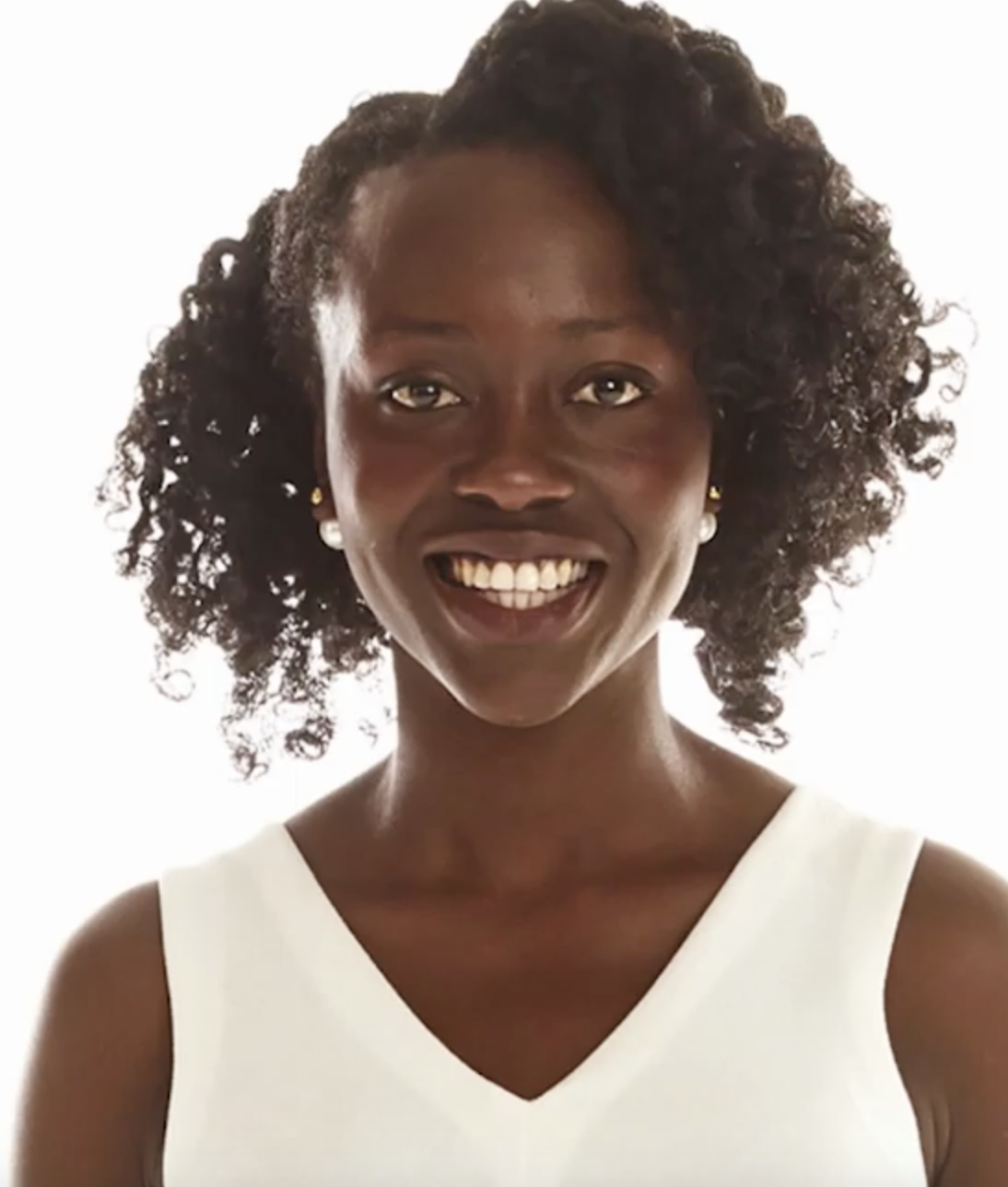
Skin and skin types
What is your skin type?
Since 1975, the different skin types have been divided into categories which are still valid today. Knowing your skin type is helpful so you can plan how to protect your skin.
In 1975, a skin classification system was developed by American dermatologist Thomas B. Fitzpatrick and is still used to this day. The six skin types are classified as follows:
Type 1
Type 3
Type 4
Type 5
The six different skin types.
By the way, all the times mentioned above refer to sun exposure under a blue sky at noon in the middle of summer!!! Why are we pointing this out? Because only paying attention to the time is still not enough to know the full intensity of UV radiation. Many other factors influence sun exposure, such as weather conditions, position of the sun and types of clouds.
How did Fitzpatrick develop this classification system? Most of his data is based on interviews with people from different climate zones. For example, he wanted to know how their skin reacted to sun after 30 minutes during peak summer. Did their skin turn red? Did they tan?
He also performed numerous measurements in the laboratory with UV light. He could determine exactly when different skin types burn. Obviously, this dermatologist did thorough scientific work, because his classification system is still used today.






